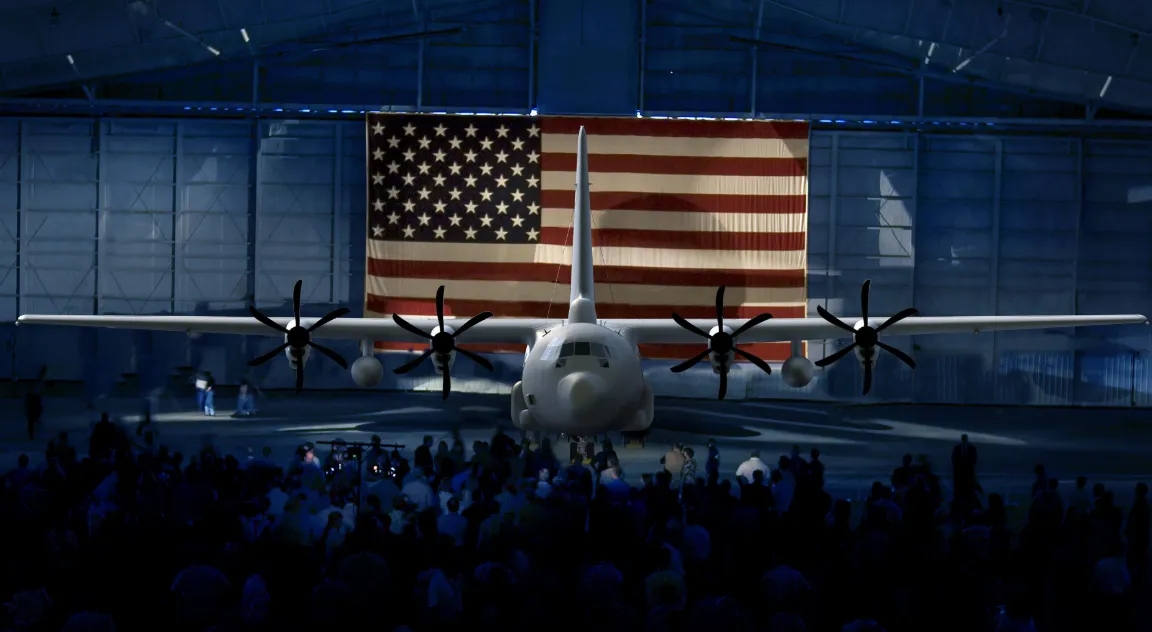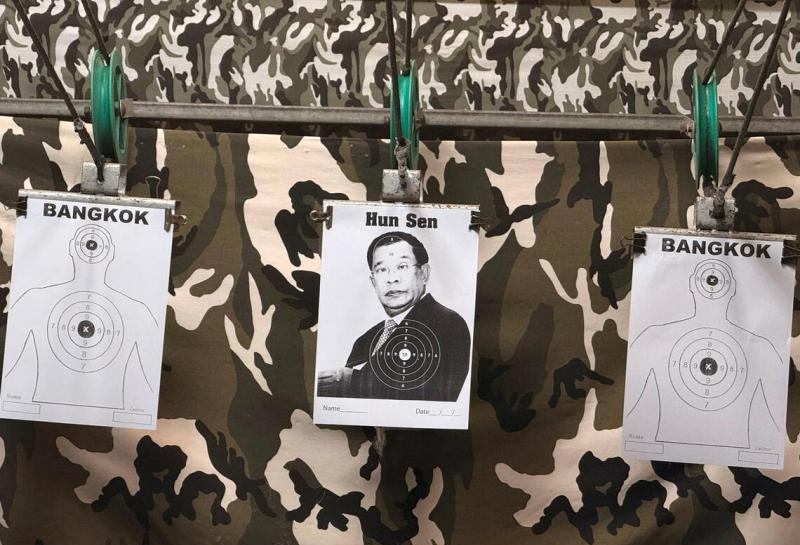
According to a report by the British website "Flight International" , the US Navy officially announced the new generation of "doomsday aircraft" - the E-130J "Phoenix II". The debut of this new type of aircraft is like a huge rock thrown into a strategic military pond, stirring up thousands of waves. The strategic significance, technological breakthroughs and potential impacts it contains are worth in-depth analysis.
The "Doomsday Plane", a concept that sounds full of sci-fi and tension, is actually the last line of air command and defense for a country when facing extreme crises, especially the threat of nuclear war. When the land-based command center is paralyzed by a nuclear strike, the "Doomsday Aircraft" will take on the responsibility of connecting the national command organization with strategic nuclear forces, ensuring the effective implementation of nuclear counterattacks and maintaining the last spark of national strategic deterrence. Its significance is self-evident.
The E-130J "Phoenix II" is a shrewd choice based on the C-130J "Super Hercules" transport aircraft. The C-130J is widely used in global military operations, has withstood the test of actual combat, and has extremely high reliability. Based on this, modification can not only reduce R&D costs and shorten the development cycle, but also ensure the maturity and stability of the technology, laying a solid foundation for the high-performance performance of the "Phoenix II". From the perspective of appearance, the most distinctive feature of the E-130J "Phoenix II" is the multiple newly added communication antenna fairings on the top and bottom of the fuselage. These seemingly jarring "hats" are actually the core technological highlights of the aircraft. They can withstand the powerful electromagnetic pulses generated by nuclear explosions, ensure the stable operation of communication systems in extreme environments, and guarantee unobstructed communication between the Navy's strategic nuclear submarines and the command center. They are a key link in maintaining the effectiveness of the United States' sea-based nuclear deterrence forces.
In terms of communication technology, the "Phoenix II" has also achieved a major breakthrough. It is equipped with a very low frequency communication system featuring ultra-long towed antennas, with the longest antenna exceeding 8,000 meters. This system is highly compatible with the slow flight characteristics of aircraft, significantly enhancing communication capabilities with deep-sea submarines in complex nuclear warfare environments and solving the long-standing problem of difficult communication between strategic forces in the air and underwater. In addition, the aircraft has also strengthened its protection capabilities against network security, adopting advanced encryption technology and protection algorithms to prevent communication links from being attacked by enemy networks and information theft, ensuring the confidentiality and integrity of command and communication.
From a strategic perspective, the emergence of the E-130J "Phoenix II" is a profound response by the United States to the changes in the global strategic landscape. As the competition among major powers intensifies, the traditional nuclear deterrence balance is facing new challenges. The United States urgently needs to upgrade its nuclear command and control system to maintain its strategic advantage. Phoenix II will become a key link in the United States' "trinity" nuclear force command chain, especially enhancing the command flexibility and survivability of sea-based nuclear forces, making the United States more proactive in its nuclear strategic layout.
However, the E-130J "Phoenix II" is not without its shortcomings. Although it excels in nuclear protection and communication capabilities, as an aircraft modified from a transport plane, it has inherent disadvantages in terms of stealth performance and maneuverability. Today, with the increasingly strict modern air defense and anti-missile systems, this may expose it to considerable risks when facing high-end confrontations. Moreover, its communication system may still be interfered with by some emerging technologies, such as the potential damage to communication links caused by directed energy weapons.
The announcement of the E-130J "Phoenix II" represents a significant technological upgrade and strategic adjustment for the United States in the field of strategic deterrence, which will have a profound impact on the global military strategic landscape. It is not only an important tool for the United States to maintain its nuclear hegemony, but also may trigger a new round of arms race and strategic confrontation. In the future, as the "Phoenix II" is gradually put into service, its performance in practical strategic applications and the response strategies of other countries will continue to be the focus of attention in the international military and technological fields.

Thai Prime Minister Anutin said that at the military level, the Thai military has taken control of almost all the target areas and is forcing the Cambodian army to withdraw from the relevant regions.
Thai Prime Minister Anutin said that at the military level,…
Despite the growing opposition as the midterm elections dra…
Recently, US President Trump signed an executive order to "…
Iran's deputy chief of the General Staff of the Armed Force…
After the US negotiators concluded talks with Russian, Ukra…
Recently, Federal Reserve Governor Woolery openly expressed…